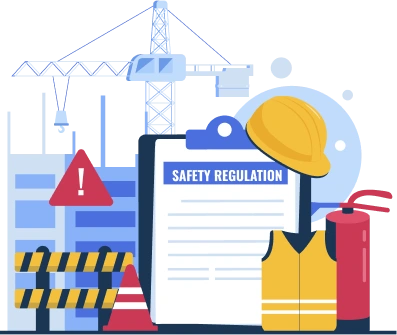
Best Guide for Safety Regulations and Requirements for Construction Industry in Australia
Mar 20, 2025
In this guide on safety regulations and requirements for the Australian construction industry we will explore the essential measures needed to ensure the safety of construction sites across Australia. From personal protective equipment (PPE) to regular site inspections which compliance with Australian safety regulations is covered in this.
Before diving into the blog lets us see an important stat
According to the Key Work Health and Safety Statistics Australia 2023 report by Safe Work Australia the construction industry had the second highest number of worker fatalities in 2022, with 25 fatalities.
The report also shows that the construction industry had the highest incidence rate of serious claims at 12.4 claims per million hours worked in 2020-21. This means construction workers are more likely to be seriously injured at work compared to other industries.
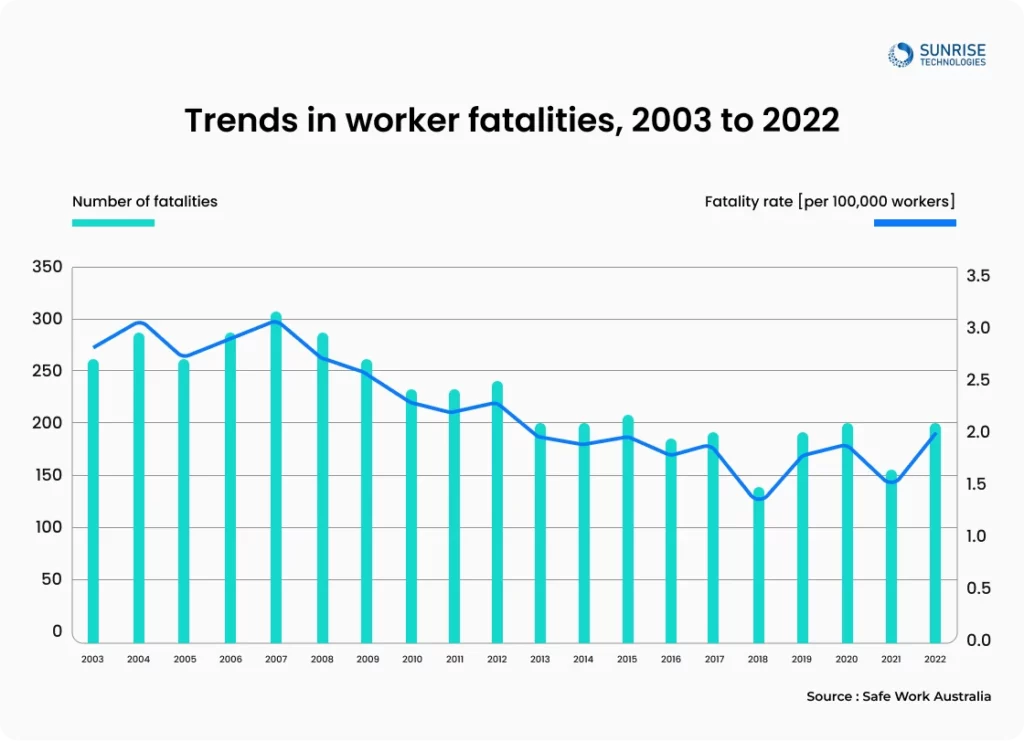
Now let explore the Safety Regulations and Requirements for Construction Industry in Australia.
Get expert advice with a free 1hour strategy consultation tailored for your project.
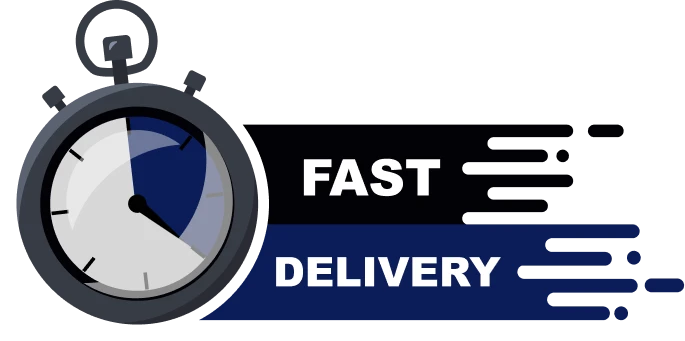
Who Governs Safety Protocols in the Australian Construction Industry?
In Australia, safety regulations and protocols for construction sites is managed by a set of rules from the government at different levels like federal, state, and local parties. These rules, along with specific guidelines for each industry, are made to keep workers, visitors, and the public safe and well at construction sites.
The safety regulations governing construction sites in Australia encompass various critical areas which includes the identification of hazards, risk assessment procedures, provision of safety training, requirements for personal protective equipment (PPE) etc. Following these regulations and implementing effective safety measures introduced by these parties is crucial for promoting a culture of safety within the construction industry.
Types of Workplaces in Construction Industry
From project management to contract administration and reception duties, the construction sector encompasses a wide range of office-based roles that are integral to project planning, coordination, and execution. Understanding the various facets of construction work, including both on-site and off-site environments, is essential for promoting a holistic approach to work health and safety.
On-Site Construction Workplace
On-site construction activities involve a dynamic and potentially hazardous environment where workers face risks such as loud machinery, sharp objects, uneven terrain, and power tool usage. Maintaining vigilance and adhering to safety protocols are paramount to prevent accidents and injuries in these settings.
Off-Site Construction Workplaces
Off-Site Construction Workplaces, which encompass roles like estimators, designers, and consultants, present their own set of health and safety challenges. While these white-collar positions may not involve physical labor on construction sites, employees must still prioritize their well-being by addressing risks such as heavy lifting, poor ergonomics, and environmental hazards.
Unsafe Workplaces: Identifying top 10 Critical Safety Threats
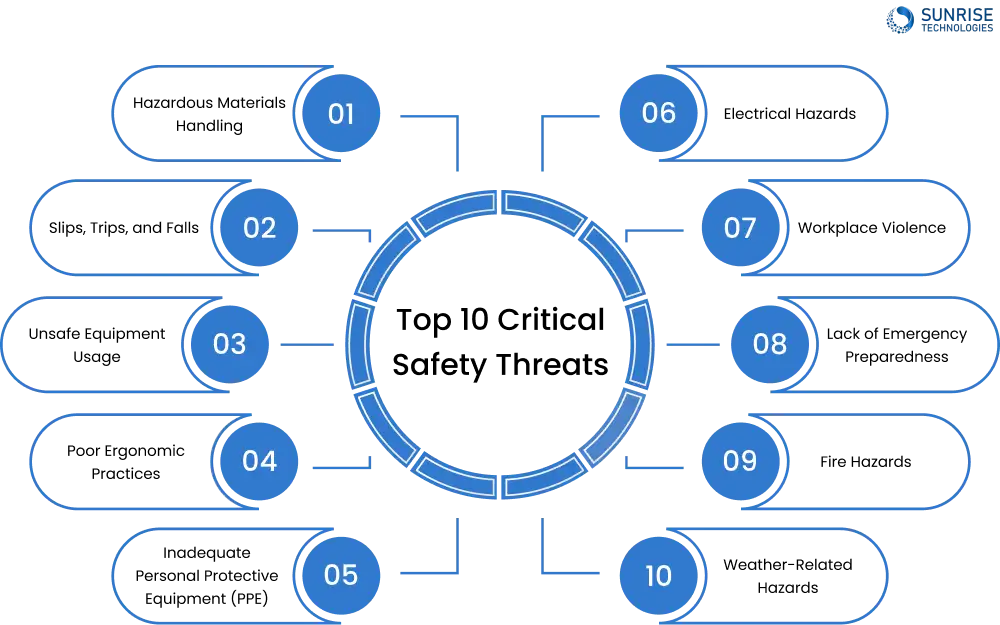
1. Hazardous Materials Handling
Inadequate training on proper handling procedures can lead to accidental spills, leaks, or exposure to toxic substance.
Failure to regularly inspect and maintain storage containers can result in deterioration, increasing the risk of leaks or ruptures.
Lack of emergency response drills and protocols for hazardous material incidents can delay or hinder effective responses, exacerbating the dangers.
2. Slips, Trips, and Falls
Poorly maintained outdoor walkways and parking lots can also contribute to slip and fall incidents, especially during inclement weather.
Absence of proper signage to warn of potential hazards like wet floors, uneven surfaces, or steps can increase the likelihood of accidents.
Insufficient training on safe walking practices and footwear requirements can leave employees unaware of preventive measures to avoid slips, trips, and falls.
3. Unsafe Equipment Usage
Ignoring equipment manufacturer guidelines and specifications for operation and maintenance can lead to malfunctions and accidents.
A lack of regular safety inspections and audits to identify equipment defects or hazards can result in overlooked risks.
Failure to provide refresher training on equipment operation and safety protocols can lead to complacency and increased chances of accidents.
4. Poor Ergonomic Practices
Overlooking ergonomic assessments for employees working remotely can result in musculoskeletal issues due to improper home office setups.
Inadequate consideration for ergonomic design in office furniture and equipment can contribute to discomfort and decreased productivity.
Neglecting to involve employees in ergonomic evaluations and adjustments can lead to overlooked issues and unaddressed ergonomic concerns.
5. Inadequate Personal Protective Equipment (PPE)
Not conducting regular fit tests for respirators can compromise their effectiveness in protecting against airborne hazards.
Failure to provide a variety of PPE sizes and options can result in ill-fitting equipment that does not offer proper protection.
Disregarding proper storage and maintenance of PPE can lead to degradation of materials and reduced protective capabilities.
6. Electrical Hazards
Overloading electrical outlets with multiple devices can lead to overheating and increased fire risks.
Failure to regularly inspect and maintain electrical systems, including wiring and circuit breakers, can result in hazardous conditions.
Lack of proper labeling and signage for electrical panels and equipment can hinder quick identification and response in emergencies.
7. Workplace Violence
Inadequate security measures, such as limited access control or lack of surveillance cameras, can make workplaces vulnerable to violent incidents.
Failure to establish clear reporting procedures and response protocols for workplace violence can delay intervention and escalate situations.
Neglecting to provide training on conflict resolution, de-escalation techniques, and active shooter response can leave employees unprepared to handle violent situations.
8. Lack of Emergency Preparedness
Insufficient emergency equipment, such as fire extinguishers, first aid kits, or emergency communication devices, can hinder effective response efforts.
Failure to regularly test and maintain emergency systems, including fire alarms, sprinklers, and emergency lighting, can lead to malfunctions during critical moments.
Neglecting to conduct periodic evacuation drills and exercises can result in confusion, delays, and potential injuries during actual emergencies.
9. Fire Hazards
Improperly stored flammable materials, malfunctioning fire suppression systems, or inadequate fire evacuation plans can result in devastating fires, putting lives at risk.
Failure to maintain clear and unobstructed access to emergency exits and fire extinguishers can impede evacuation and firefighting efforts.
Neglecting to promptly clean up spills or address slip and fall hazards can lead to preventable accidents and injuries.
10. Weather-Related Hazards
Failing to prepare for or respond to extreme weather conditions such as hurricanes, tornadoes, or heatwaves can put employees at risk of injury or death.
Ensuring Safety in Construction Workplaces with Construction Safety Management Software
Using construction management software designed specifically for construction workers can significantly improve safety on job sites. These construction apps provide a range of features that help identify and mitigate potential hazards, promote safe practices, and enhance communication among team member.
This software empowers organizations to proactively identify safety issues, implement corrective actions, and promote a culture of safety awareness among all stakeholders.
Construction safety management software offers real-time monitoring capabilities that enable supervisors to oversee operations remotely and respond promptly to emergencies or safety concerns. Through features like incident reporting, safety audits, and training modules, this software equips construction teams with the tools needed to address safety challenges effectively.
By integrating safety management software into daily operations, construction companies can not only enhance workplace safety but also improve overall project outcomes by reducing accidents, minimizing downtime, and fostering a secure working environment for all personnel involved in construction projects
Features of our Construction Management Software
Our construction project management software is a cutting-edge cloud-based application designed for safety management in the construction industry. With its friendly interface and robust features, the construction team prioritizes workplace safety while enhancing efficiency and productivity.
Here Are the Top Features of Our Construction Project Management Software:
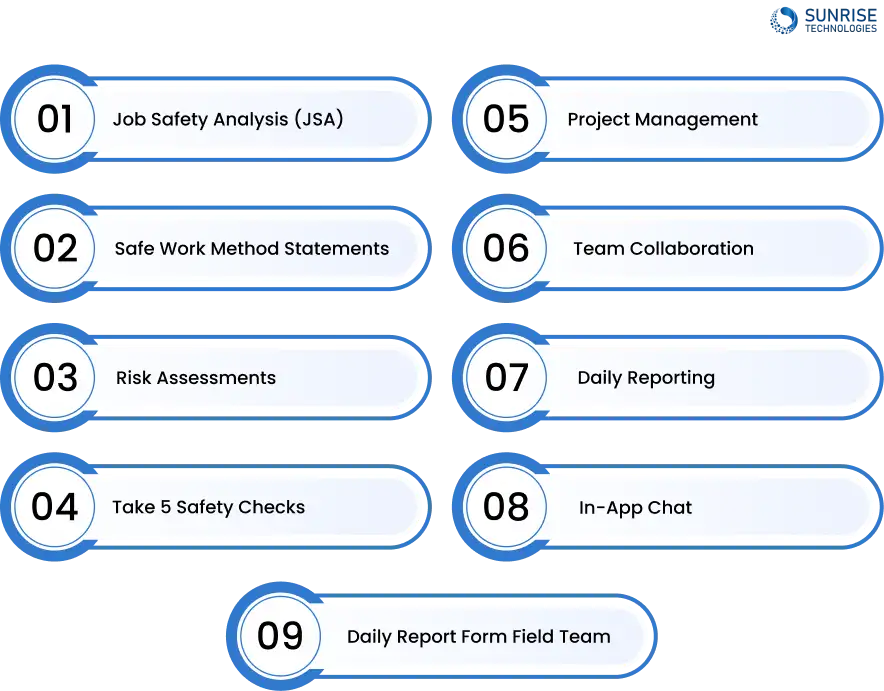
Job Safety Analysis (JSA)
Construction safety management software feature allows construction teams to create and manage job safety analyses effortlessly. By identifying potential hazards and outlining control measures, JSAs help workers understand the risks associated with specific tasks and take necessary precautions to ensure safety.
The software simplifies the creation and storage of JSAs, ensuring that all safety-related information is readily accessible to project stakeholders.
Safe Work Method Statements (SWMS)
Safe Work Method Statements (SWMS) are crucial documents that describe high-risk work, associated health and safety risks, and the control measures to be applied.
Construction safety software SWMS feature enables construction companies to create, manage, and store SWMS documents in a centralized platform. This ensures compliance with industry regulations and provides a clear roadmap for workers to follow safe work practices.
Risk Assessments
Identifying and mitigating risks is a fundamental aspect of construction safety. construction safety software risk assessment feature allows users to conduct thorough risk assessments, evaluate the likelihood and severity of potential hazards, and implement appropriate control measures.
By proactively addressing risks, construction teams can create a safer working environment and minimize the likelihood of accidents and injuries.
Subscribe to get instant updates on new safety regulations and requirements in the Australian construction industry.
Take 5 Safety Checks
Take 5 safety checks are quick, on-site inspections conducted before starting a task or when conditions change
Construction safety software Take 5 feature provides a structured approach to identifying hazards, assessing risks, and implementing control measures. By following the five steps (Stop, Look, Assess, Control, and Monitor), workers can quickly identify potential dangers and take necessary actions to mitigate risks
The software’s Take 5 feature streamlines the process, ensuring that safety checks are consistently performed and documented.
Project Management
Construction safety software project management feature allows construction companies to create and manage projects efficiently. Users can easily set up new projects, define project parameters, and monitor progress through a centralized platform. This feature ensures that all project-related information is organized and accessible, enabling better decision-making and project oversight.
Team Collaboration
Effective collaboration is crucial for project success. construction safety software facilitates team collaboration by enabling users to add team members to projects and assign specific roles and responsibilities. This feature ensures that everyone involved in the project is on the same page, fostering open communication and streamlining the decision-making process.
Daily Reporting
Generating daily reports is a critical aspect of construction project management. construction safety software daily reporting feature allows field teams to submit reports directly from the app, including details such as work progress, safety incidents, and any other relevant information. This real-time data sharing ensures that project managers and stakeholders are always informed about on-site activities, enabling them to make timely decisions and address any issues that may arise.
In-App Chat
Effective communication is key to project success. construction safety inspection app’s in-app chat feature allows team members to communicate directly within the software, facilitating real-time discussions and problem-solving. This feature eliminates the need for external communication channels, keeping all project-related conversations in one centralized location.
Daily Report Form Field Team
Construction safety software daily report form field team feature provides a user-friendly interface for field teams to submit their daily reports. The form includes various fields such as work progress, safety incidents, and any other relevant information. By streamlining the reporting process, this software ensures that field teams can efficiently document their activities and share critical information with project managers and stakeholders.
By integrating these features into a single platform, construction safety software empowers construction companies to manage projects effectively, foster team collaboration, and maintain accurate records of on-site activities. The software’s user-friendly interface and real-time data sharing capabilities contribute to improved project outcomes, enhanced safety measures, and better communication among all project stakeholders.
Why You Need Construction Safety Management Software?
Construction sites are places where accidents can happen easily. That’s why having good safety management in construction is crucial. Accidents can lead to delays, legal troubles, and harm your company’s reputation. By taking safety seriously and putting proper safety measures in place, you not only keep your team safe but also build trust with clients and stand out as a responsible and reliable construction company.
By investing in construction safety management, companies can reap these rewards, ensuring a safer, more efficient, and more profitable construction process.
Get Your Construction Safety Management Software from Us
At Sunrisetech’s, we understand the importance of prioritizing safety in the construction industry. That’s why we offer comprehensive construction safety software designed to streamline your safety processes, enhance compliance, and foster a culture of safety awareness within your organization.
Our software is tailored to meet the unique needs of construction companies, providing a user-friendly platform to manage safety documents, conduct risk assessments, and track safety performance. With our software, you can rest assured that your workers are protected, and your projects are running smoothly and efficiently.
By choosing our construction safety management software, you’ll gain access to tool that simplifies safety management, reduces administrative burdens, and provides real-time insights into your safety performance.
With our expert support and training, you’ll be able to get the most out of our software, ensuring a seamless transition to a more efficient and effective safety management system. Trust us to provide you with the tools you need to prioritize safety, reduce risks, and drive success in your construction business.
By investing in construction safety management, companies can reduce costs associated with accidents and injuries, improve employee morale and retention, and enhance their reputation as responsible industry leaders. Moreover, with the right software tools, construction teams can efficiently manage safety documents, conduct risk assessments, and track safety performance, enabling them to make data-driven decisions and continuously improve their safety practices.
As the construction industry continues to evolve, the importance of construction safety management will only grow. By embracing this critical aspect of project management, construction companies can position themselves for long-term success, delivering high-quality projects while prioritizing the well-being of their workers. Remember, safety is not just a box to check; it is a fundamental pillar of a thriving construction business, and the rewards of investing in it are immeasurable.
Sam is a chartered professional engineer with over 15 years of extensive experience in the software technology space. Over the years, Sam has held the position of Chief Technology Consultant for tech companies both in Australia and abroad before establishing his own software consulting firm in Sydney, Australia. In his current role, he manages a large team of developers and engineers across Australia and internationally, dedicated to delivering the best in software technology.
NCC-compliant software can help construction firms save up to 30–40% of the time spent on manual compliance checks, documentation, and approvals. Our custom solutions automate code validation and streamline reporting—speeding up project timelines and reducing costly errors.
Yes. Mobile apps enable construction firms to conduct real-time on-site compliance checks, capture data digitally, generate reports instantly, and ensure all safety and regulatory standards are met. This improves accuracy, reduces paperwork, and helps Australian firms stay compliant more efficiently.

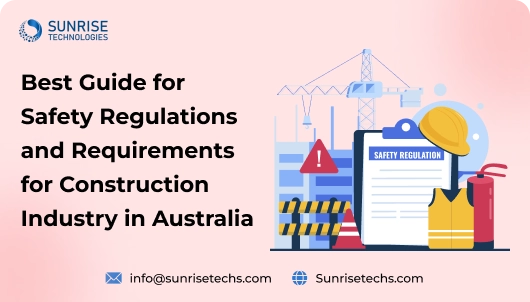


Cloud Based Project Management Platform
Read the challenges we faced and how we helped
View Case Study
















